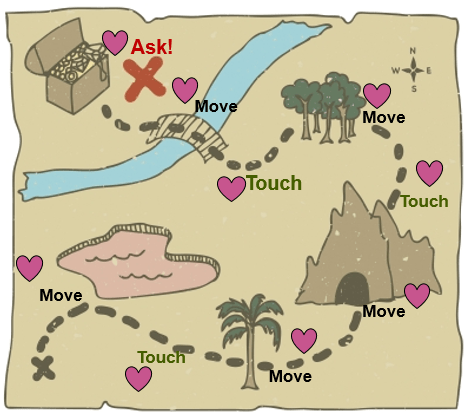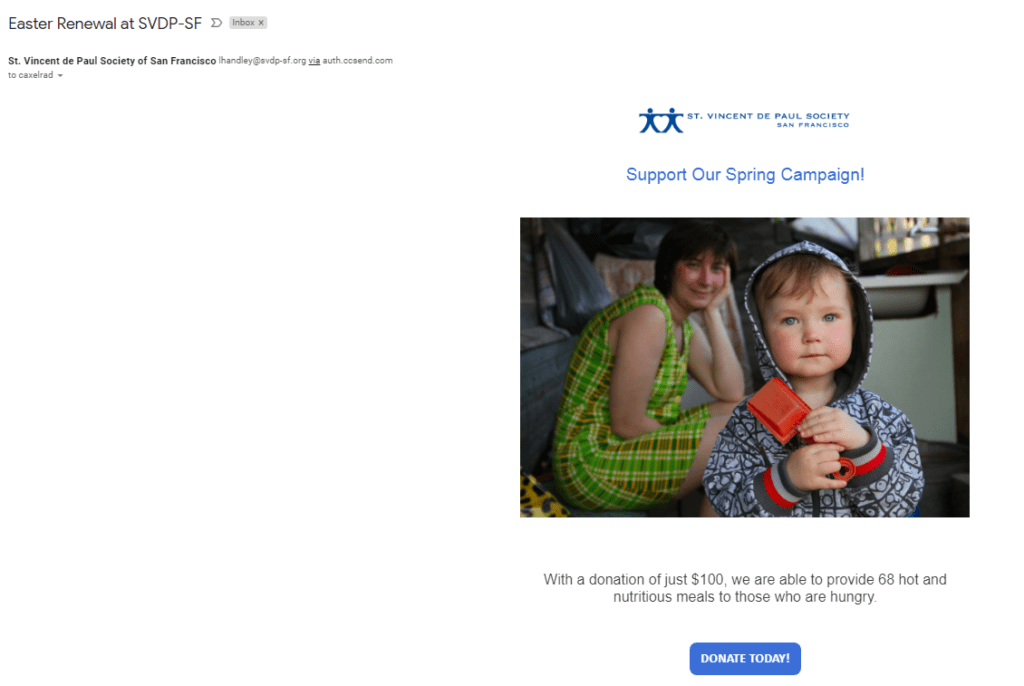Easy Ways to Boost Your Nonprofit’s Monthly Giving
 Do you have monthly donors, or a monthly donor program?
Do you have monthly donors, or a monthly donor program?
If you don’t have a program, you’re likely leaving monthly donors on the table.
This is hurting your bottom line because, on balance, the net value of a monthly donor to you is more than that of a one-time donor.
So let’s look at how to turn your handful of monthly donors into a full-fledged program.
1. Begin with Proactive Strategies
If what you have right now is simply a checkoff box on your remit piece or donation landing page, you’ve got a passive strategy.
In other words, if donors don’t know why you want them to give a monthly gift there’s nothing to persuade them to check this box. Try to get inside the donor’s head and imagine what they’re thinking. It could be any of the following:
Details





 Wondering where fundraising is heading in our highly networked, overly saturated, noisy-as-all-get-out post-digital revolution world?
Wondering where fundraising is heading in our highly networked, overly saturated, noisy-as-all-get-out post-digital revolution world?
 You love your current donors, right?
You love your current donors, right?
 Remember the children’s ditty
Remember the children’s ditty 

